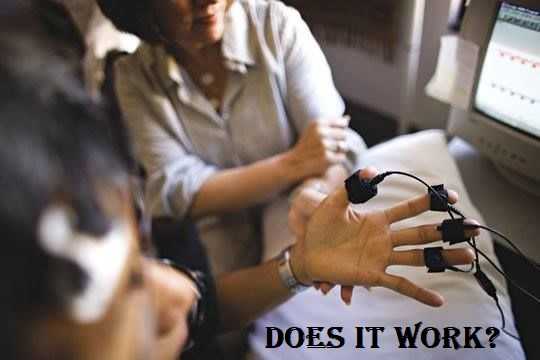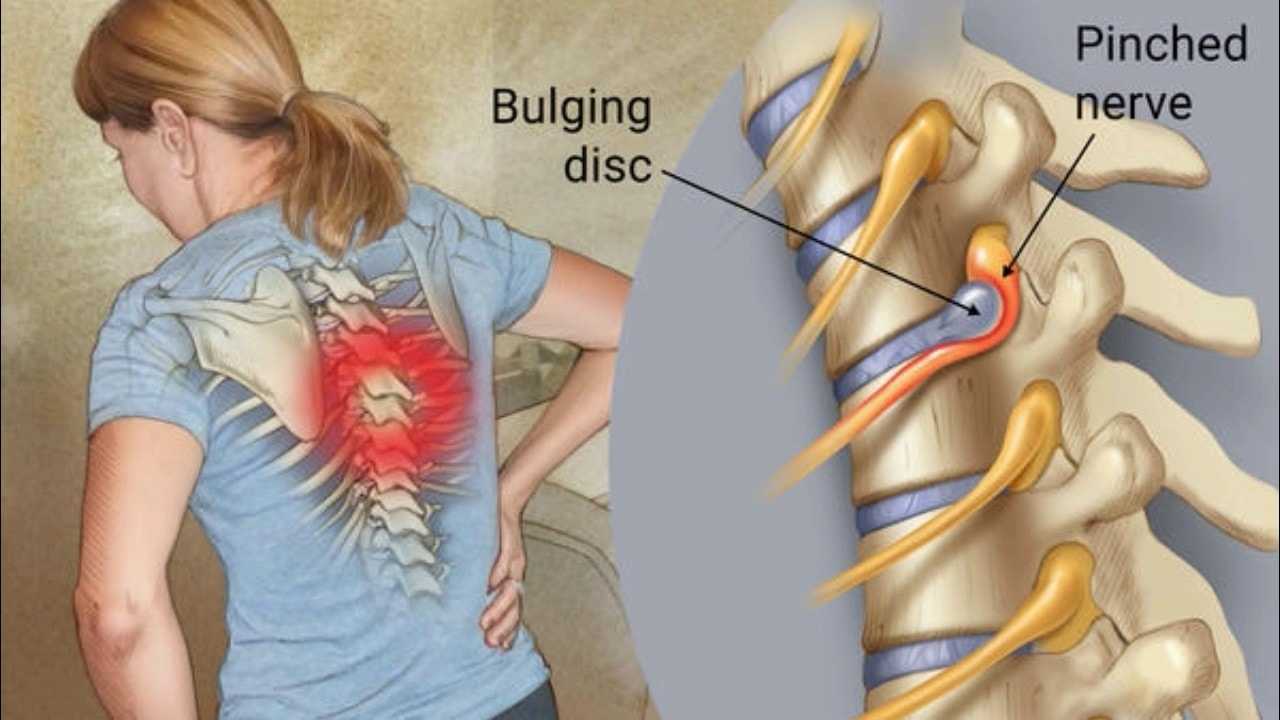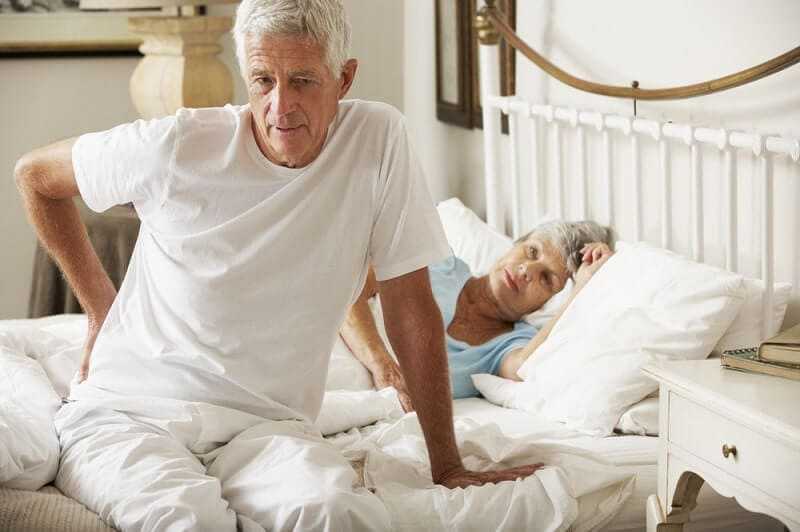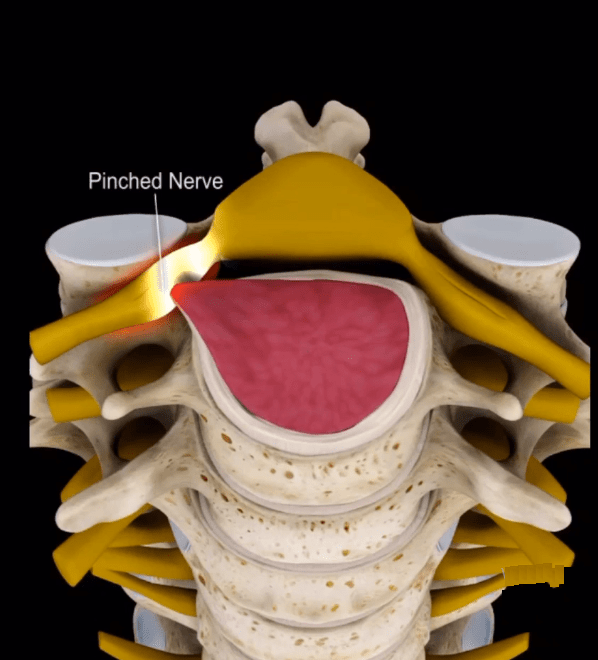Low Back Pain and Degenerative Disc Disease

There are many causes of low back pain, including injury, muscle tension or spasm, herniated disc, pinched nerve and degenerative changes to the spine. Degenerative Disc Disease or DDD is the gradual process in which the discs that cushion the vertebrae become damaged or changed to the extent that symptoms, like lower back pain, are experienced.
DDD is a relatively common condition; it frequently isn’t severe enough to cause the patient to seek medical help. Tissue that degenerates in the human body is defined as that which results in loss of normal function or changes to the normal structure. The degenerative disc disease can be present for some time before it can be seen in an x-ray.
The reason there are discs between each vertebra is to cushion the spine and prevent bone rubbing on bone. The discs help to keep the spine flexible and act as shock-absorbers during activities like running and jumping. These intervertebral discs are prone to damage and degenerative changes can be attributed to the aging process as well as to abuse such as smoking, poor posture and incorrect lifting and movement techniques. One of the most common causes of low back pain and DDD is sharply twisting the torso to the side.
The lumbar spine or lower back supports more than its fair share of the body’s weight and is frequently stressed by movement. Stress can weaken the disc and cause it to rupture; this condition is called a herniated disc or, more commonly, a slipped disc. Part of the disc tissue pushes out from between the vertebrae and causes inflammation and irritation to the nerves. The result of this is low back pain, which may be present as a dull ache in the lumbar spine or as a sharp pain on movement; some people experience both types of pain.
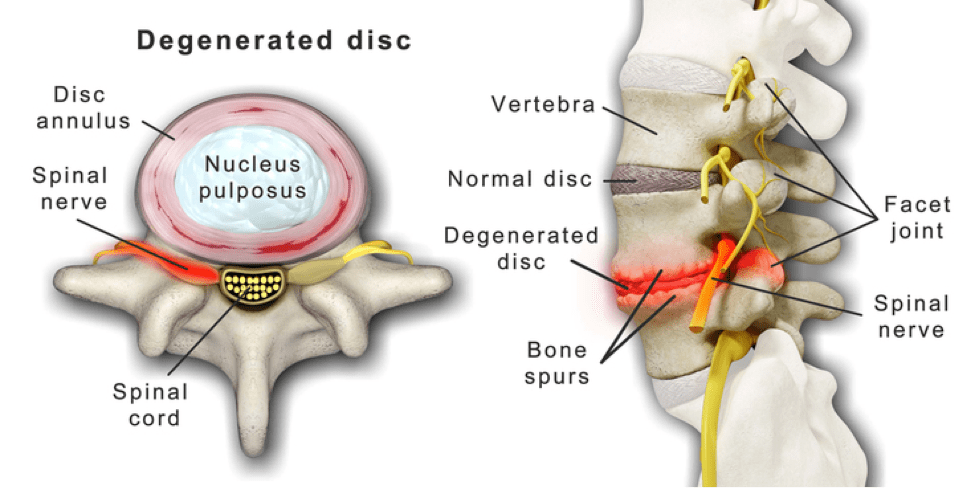
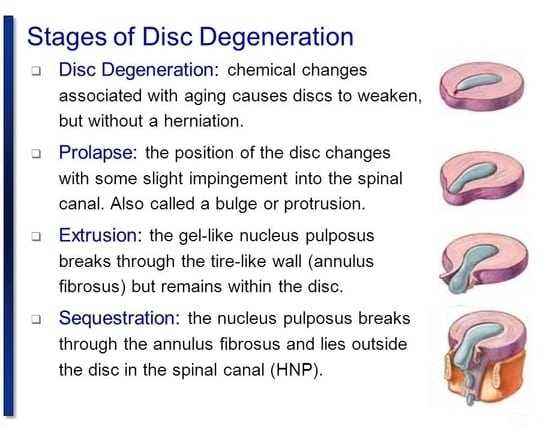
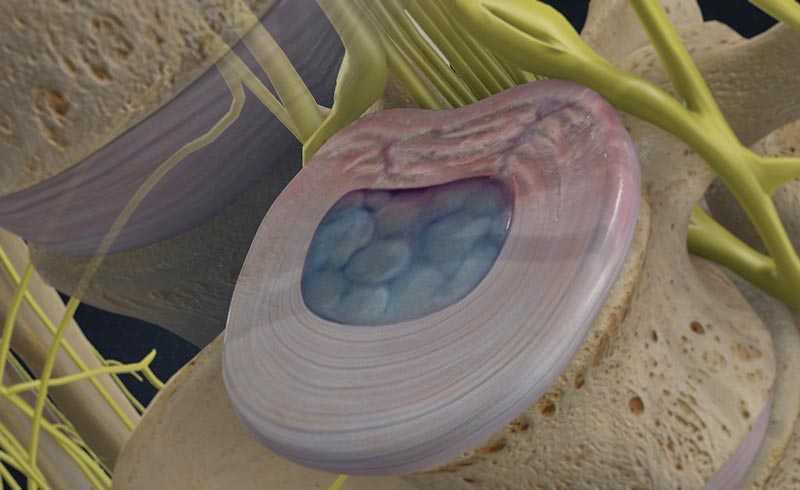
Treatment for low back pain has changed dramatically in recent years. Once bed rest for an extended time would have been prescribed and sometimes traction of the spine. These days, bed rest might be needed for the first 24 to 48 hours after injury but then it is best to get up and move around. At this point, physical therapy may be ordered to stretch and strengthen the muscles of the core or torso, which protect and hold the spine in place.
Usually a conservative approach is taken to the treatment of lower back pain and most patients respond to this type of treatment. Initially, pain medication and maybe anti-inflammatory drugs may be prescribed. If the pain continues, x-ray, CT scan or MRI may be done to determine the cause of the back pain.

After the initial intensity of the pain has subsided, physical therapy is helpful to ease tension and spasm in muscles and to teach core strength exercises. Exercises that stretch the muscles attached to the lower back and legs are also helpful. Several alternative treatments can be used to relieve low back pain.

Spinal surgery is only considered when the symptoms of degenerative disc disease and low back pain are severe and remain for an extended time, not responding to the conservative treatment approach. However, this only applies to a very small percentage of patients.

In conclusion, degenerative disc disease is quite common, even expected as we age, but most people experience no adverse symptoms. A person with some degeneration of spinal discs may be more prone to injury causing low back pain. Most patients respond well to conservative treatment and there are many strategies that can be employed at home that are also helpful.

